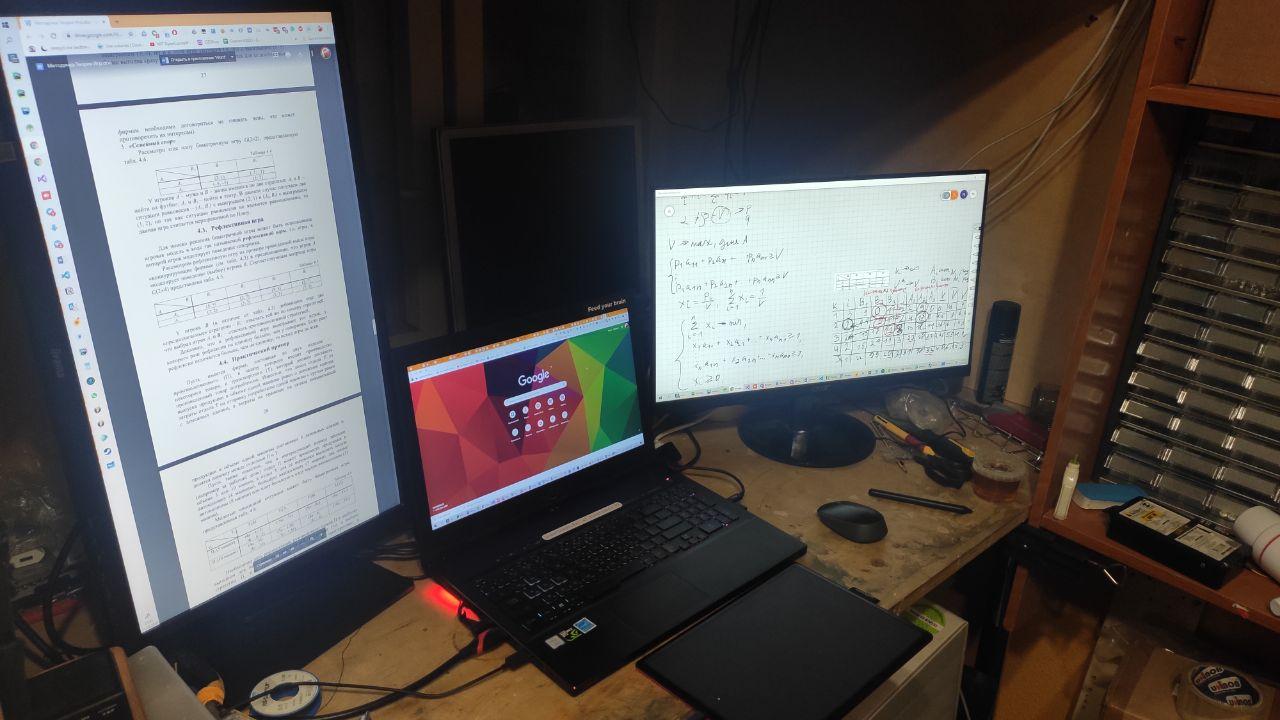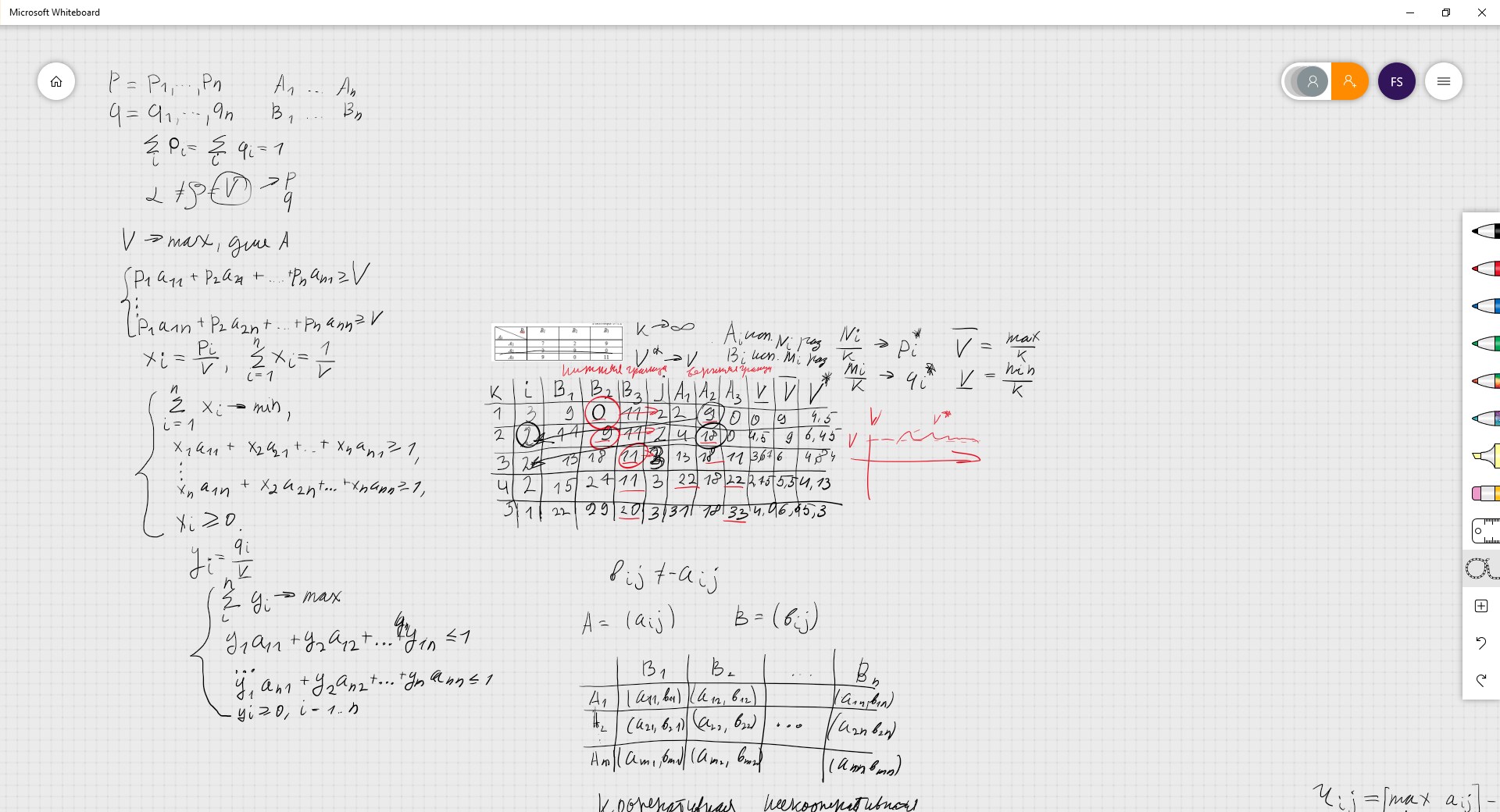The current situation is making adjustments to the educational process. For three years now, I myself have been a teacher at the Department of Applied Mathematics and Artificial Intelligence at the Moscow Energy Institute . At the department, I conduct not only seminars and laboratory, but also a sports programming circle , where my colleagues and I train all interested students in algorithms and data structures.
From last week it was clear that soon the university will be transferred to a distance learning mode and a way to conduct classes in a remote mode will be required.
In the article I will try to state my vision of what a remote lesson might look like and describe what was required for this, my impressions of the format, what can be done better and what I plan to do in the future.
0. Ideology
We have been conducting classes in the circle since December 2018 and are trying to choose a style that would help students get better involved in the process. A large number of people come to the first classes, however, the number of people attending the classes decreases sharply. Analyzing this experience, as well as the experience of our colleagues from MISiS , we came to a simple and important conclusion: students better perceive and remember information if they have a feeling that there will no longer be access to it.
That is, if you say that the presentation will be sent to everyone, the material will be distributed, the recording will be available, then the value of the event itself in the eyes of students begins to fall sharply, since all this material is only a drop in the sea, which is available on the Internet on Coursera, Stepic and other educational resources.
Therefore, there is only one answer - the blackboard
Working on the blackboard, you repeat the material once again, because you don’t have to rely on the fact that “everything is already written” as on a slide, and therefore, you read it better each time. In addition, editing errors on the board is much easier than in an existing presentation.
The university today is a place of lively communication between those who know and can (and, most importantly, know how to tell) and between those who want to learn (at least three-dimensional).
Hence the second important aspect - communication with students in the process.
As practice shows, in such communication it is easier to understand what students need, what they did not understand and remind them of materials from past classes. Such communication also allows you to be closer to students and break the virtual wall that they used to erect between themselves and the teacher from school time.
And there is also the opportunity to cheat.
I had teachers who read the entire lecture from my head, equal to several chapters of the textbook and occupying 2-3 full boards. I do not belong to such yet, therefore the opportunity to have a cheat sheet was a pleasant bonus for me. Another unexpected plus: during the lesson, it becomes clear what is worth adding to the cheat sheet and what to remove. This is, in fact, operational feedbackaccording to the synopsis of the lesson, where the editor-in-chief is you yourself (it’s much harder to read and reflect after a whole working day and not every teacher, even young, is capable of this). Also, recording a lesson is also a convenient resource that can help in the process of both self-reflection and for distributing materials to students.
1. Equipment
- Logitech C920 HD Pro Webcam Boya BY-WM5 (, ). , - . , . .
( ) , . , - .
Wacom One CTL-672-N. , , . , , ( ), . , I/O, . A5, , , . , . . .
( , 23.8 ), : , , ( , ), Zoom.
Sony WH-1000XM3 , . , .

2.
ashagraev , , , ( Twitch). , Windows 10 1909 RC OBS Studio (OBS Studio 25.0 Release Candidate 6), , , Zoom [. 25 , ].
. , , ( Twitch, YouTube, VK ). Zoom Discord. , , , 50 . Zoom 40 , , 15 . ? , Zoom , , , , .
: . Windows 10 Microsoft. , , , , , — . , - , , .
Monosnap, , .
3.
, , 20 . :
- Zoom , . , , , .
- , , , .
- ( , ). , .
- . , , , .
- , , , .
- , - , , ( ) .
- , . .
, — , , .
. .

4. ?
Kahoot ( ), , .
, , VSCode, .
Zoom , OBS , , , , .
, ( ).
5.
. , ( ).
, , , Zoom, , , .
- . ( ).
Of the obvious disadvantages - the lack of eye contact with students (many of them did not turn on the camera), the inability to demonstrate something with their facial expressions and gestures, which is important for some teachers.
To summarize, I want to say that after some improvements, the process may look even more interesting than a regular offline lesson.
Thanks to everyone who read this to the end, as wellscanavie for editing.